Where popes come from - and why it matters
From Polish pilgrimage trails to French vineyards, the places popes come from often gain new meaning. With the announcement of the first American pope, could Chicago be next?
When plumes of white smoke billowed across Rome's skyline last week, signifying the election of a new pope, the entire world looked towards Vatican City. But the story of the Catholic Church's new leader began far from St Peter's Square. In a historic first, the papacy now belongs to an American.
Pope Leo XIV – born 4,800 miles away in South Side Chicago – took to the balcony of St Peter's Basilica on 8 May to address a frenzied crowd of more than 40,000 people.
"The pilgrims in the square went wild," said Dr Miles Pattenden, an Oxford University lecturer and expert on the Catholic Church. "There was a lot of excitement but also gasps of surprise because a lot of people weren't expecting this name. The idea of an American pope has seemed pretty remote for most of the last half of the century. So, there was a sense of shock."
Pope Leo's first words to onlookers were not in English, however. He chose instead to speak in a mix of Italian and Spanish – the latter nodding to his 20 year career in Peru – suggesting his identity spans more than one nation.
It begs the question: how does a pope's hometown shape his leadership – and how are those hometowns changed in return?
"There can't not be [a connection between pope and place]," said Nick Spencer, a senior fellow at Theos Think Tank. "However Catholic-with-a-small-'c' the church is, popes are from certain places and formed by certain experiences."
That was most obviously the case with Wadowice-born Pope John Paul II, says Spencer. "It’s inconceivable to think of his papacy without recognising his Polish upbringing and his life under two different totalitarian dictatorships in Poland."
A small town south of Krakow, Wadowice was once a quiet, multicultural Galician backwater. But since the elevation of its most famous son – the first non-Italian pope in 455 years, who served from 1978-2005 – it has transformed into a hub of Catholic pilgrimage.
"In the late '70s, Poland was already a pretty Catholic place, but the fact they had a Polish pope absolutely ignited it," Spencer said, explaining the impact of the papacy on Pope John II's hometown.
Today, visitors flock to the modest family home where he was born (which has been turned into a museum), as well as the parish church where he served as an altar boy and the square where he once played as a child.
Between 1996 and 2019, the number of international tourists to the museum more than doubled, according to Studies of the Industrial Geography Commission of the Polish Geographical Society, with a notable peak in 2005, the year of John Paul II's death. And in 2018, the museum celebrated its........








 Sanja Modrić
Sanja Modrić Danijel Prerad
Danijel Prerad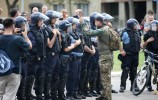 Ivan Violić
Ivan Violić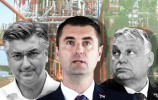 Jasmin Klarić
Jasmin Klarić Ante Tomić
Ante Tomić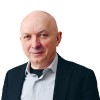 Goranko Fižulić
Goranko Fižulić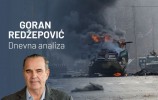 Goran Redžepović
Goran Redžepović Ivica Ivanišević
Ivica Ivanišević Damir Šarac
Damir Šarac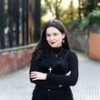 Katja Knežević
Katja Knežević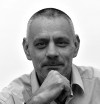 Dražen Katalinić
Dražen Katalinić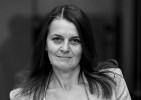 Aneli Dragojević Mijatović
Aneli Dragojević Mijatović Bojan Stilin
Bojan Stilin
